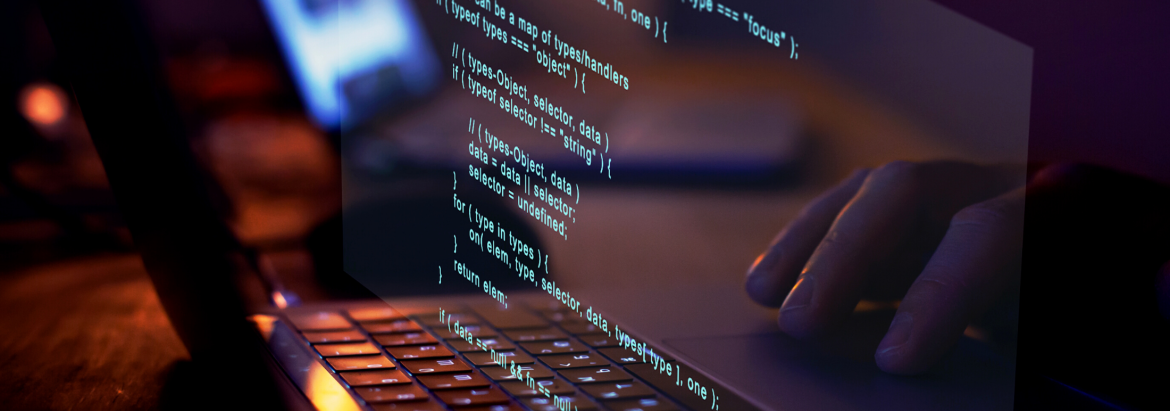
IT Support Levels: What Is the Difference Between L1, L2, L3 Tiers


For any business organization, IT support or service desk is of utmost importance. Almost all business organizations are using technology to connect with customers. If any issue occurs within the technical infrastructure occurs, then the service availability of the firm can go downhill. Technical support is also provided to customers only after they report an IT issue.
Small businesses may have only one member in their tech support. On the other hand, large organizations have a dedicated IT support team to resolve the issues of their customers and employees. IT support can be provided in different ways based on their levels. Read on to know about the difference between tiers of IT support.
Before we delve into L1, L2, and L3 tiers of technical support, one should know about the L0 tier of technical support. The L0 tier of technical support works as follows:
Since the number of customers searching for relevant information has increased, managing the L0 tier can be a hassle. Business organizations are using digital service desk AI software to maintain the L0 tier information. IT automation with AI can help in knowing about the common issues faced by the customers. Now, let us find out about the IT support tiers that involve company personals.
Tier 1 of technical support involves company personals for solving IT issues. However, the technical experience required for providing L1 tier support is less than other tiers. Features of the L1 tier of technical support are listed below:
L1 tier personals are responsible for incident management and solving basic queries of customers. Since the number of IT incidents has increased due to complex software systems, L1 tier personals are finding it hard to provide customer support. Also, L1 tier personals are the first who listen to IT issues faced by the employees. If IT issues faced by the employees are not fixed quickly, service availability can decrease. Firms are reducing the load on L1 tier employees by installing AIOps based analytics platforms in their premises. The best AIOps platforms software in the market can help L1 tier personals to generate unique tickets for each IT incident.
Tier 2 technical support personals need more experience than L1 personals. L2 tier of technical support is explained below:
Due to the increased complexity of IT incidents, L2 tier personals are using AIOps based analytics platforms for better results. With predictive analytics models of AIOps, incident management becomes easy.
The features of L3 tier of technical support are listed below:
All the tiers of technical support can be enhanced via the best AIOps tools and products. The root cause of an IT incident can be identified quickly with AIOps based analytics platform. Many times, redundant incidents confuse technical support teams. A digital service desk AI software can help in prioritizing IT issues based on their impact on service reliability & availability. Mundane tasks like incident correlation, incident acknowledgment, and documentation can be automated with AIOps. It can also help in providing technical support to employees and customers in the current scenario of remote work.
Among all the business organizations that use AI, around 40% use it for providing better customer support services. You can also enhance several tiers of customer support via AIOps based analytics platforms. Start enhancing different tiers of technical support now!
Please complete the form details and a customer success representative will reach out to you shortly to schedule the demo. Thanks for your interest in ZIF!